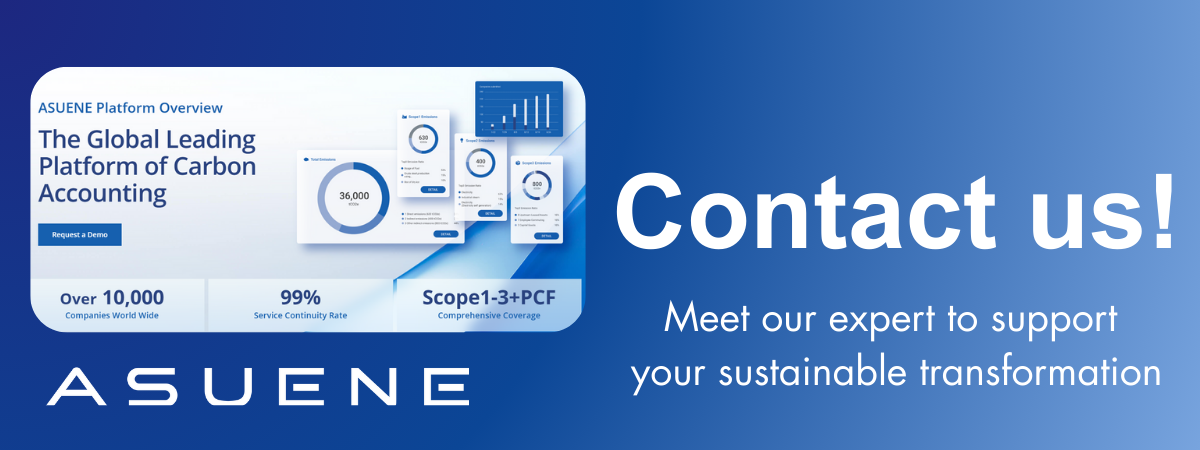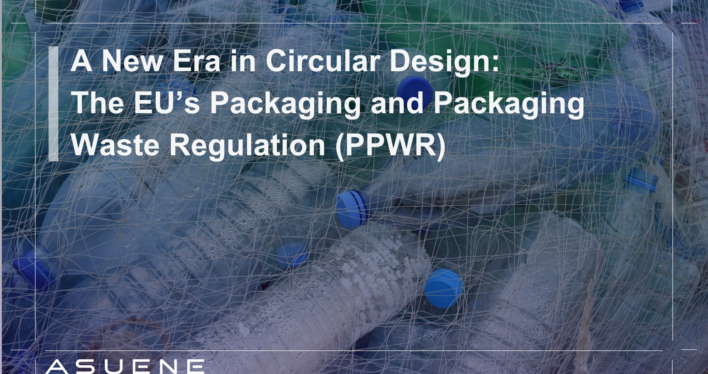- Article Summary
-
Introduction
The European Union’s new Packaging and Packaging Waste Regulation (PPWR) represents one of the most transformative shifts in packaging legislation in recent decades. Replacing the long-standing Directive, the PPWR takes the form of a directly applicable regulation, ensuring all 27 EU member states follow a single, harmonized framework.
PPWR was adopted in January 2025, entered into force on February 11, 2025, and will generally apply from August 12, 2026, with certain transitional provisions extending to 2040, the PPWR aligns with the EU Green Deal and the Circular Economy Action Plan. It seeks to ensure that all packaging placed on the EU market is reusable or recyclable by 2030, while reducing waste volumes and eliminating harmful environmental impacts. For companies in consumer goods, food and beverage, and e-commerce, this is more than a compliance requirement; it is a call to redesign packaging around circular economy principles.
Mandatory Recyclability, Reuse, and Material Efficiency
Central to the PPWR is the introduction of recyclability performance grades for packaging, which must be met by 2030. Packaging will be graded A, B, or C:
- A indicates a recyclability rate of 95% or higher.
- B indicates a recyclability rate of 85% or higher.
- C indicates a recyclability rate of 70% or higher.
Any packaging that fails to achieve at least Grade C will be considered non-recyclable under the regulation.
From 2035, the requirements become stricter with the addition of a “recycled at scale” condition. This means that beyond being technically recyclable, a packaging format must be demonstrably collected, sorted, and processed through existing industrial-scale recycling systems in practice. The European Commission’s proposal sets a measurable threshold: the necessary infrastructure must cover at least 75% of the EU’s population. This figure translates to facilities serving roughly 336 million people, a scope that would require combined capacity across Europe’s largest member states.
While the aim is to ensure that recyclable packaging is actually recycled, not just theoretically recyclable, this approach has sparked debate. Critics point out that the population-based threshold may disadvantage smaller countries and may not work well for industrial packaging, where waste is generated at commercial rather than household sites. Alternative proposals under discussion include replacing the 75% figure with proof that adequate processing capacity exists and is operational, regardless of where in the EU it is located, as long as the packaging can be recycled on an industrial scale.
In parallel, the regulation sets reuse and refill targets for certain sectors. For example, takeaway beverage providers will need to offer reusable container options, and large retailers will be required to provide refill stations for specific product categories. In addition, member states must implement deposit return systems (DRS) for beverage containers to achieve a 90% collection rate by 2029.
Key PPWR Material Targets
| Category | Target Year | Requirement |
|---|---|---|
| All packaging | 2030 | Must achieve ≥70% recyclability (Grade C or higher) |
| All packaging | 2035 | Must be recyclable and recycled at scale |
| PET beverage bottles | 2030 | 30% minimum recycled content |
| PET beverage bottles | 2040 | 50% minimum recycled content |
| All plastic packaging | 2030 | 10–35% recycled content, depending on category |
Bans, Restrictions, and Waste Reduction Mandates
The PPWR bans the use of certain hazardous substances, most notably PFAS, in food-contact packaging by 2030, aligning with broader EU chemical safety strategies. Packaging minimization requirements will prohibit oversized boxes, unnecessary double walls, or non-functional decorative elements. Practices such as shipping goods with excessive empty space will no longer be permissible, directly addressing inefficiencies common in e-commerce logistics.
Binding waste reduction targets, measured against 2018 levels, will require:
- 5% reduction by 2030
- 10% reduction by 2035
- 15% reduction by 2040
These will be tracked through standardized EU-wide reporting systems, reducing the data inconsistencies seen under the previous directive.

Economic and ESG Implications for Businesses
For industry, PPWR compliance will require investments in packaging redesign, new materials, and expanded recycling partnerships. Yet these shifts also align with growing consumer demand for sustainable products and can create competitive advantage.
From an ESG perspective, the regulation directly supports the environmental pillar by reducing waste and greenhouse gas emissions. The European Commission estimates that the PPWR could lower CO₂ emissions by 23 million tonnes annually and save €6.4 billion in environmental costs each year.
For investors, procurement teams, and supply chain managers, PPWR compliance will likely become a screening criterion when selecting partners. Early adopters stand to gain market access advantages, stronger ESG scores, and improved brand reputation.
Implementation Timeline and Compliance Strategy
With an 18-month transition period, most provisions will apply from August 2026, though some like hazardous substance bans have longer lead times. A proactive compliance roadmap should include:
- Comprehensive Packaging Audit: Review all packaging formats against recyclability grades and “recycled at scale” requirements.
- Supplier Alignment: Secure agreements with suppliers capable of meeting both recycled content and recyclability targets.
- R&D Investment: Develop or switch to mono-material designs and packaging compatible with large-scale recycling systems.
- Consumer Engagement Systems: Prepare infrastructure for take-back schemes, refill stations, and DRS participation.
- Data and Reporting Infrastructure: Implement robust tracking to meet the EU’s harmonized reporting rules.
Conclusion
The PPWR signals the end of the single-use, hard-to-recycle packaging era in the European Union. With clear recyclability grades, recycled content requirements, hazardous substance bans, and large-scale reuse systems, the regulation sets a high bar for sustainable design.
While meeting these standards will require investment and coordination, they also open the door to new market opportunities, stronger brand positioning, and leadership in the transition toward a circular economy.
Why Work with ASUENE Inc.?
Asuene is a key player in carbon accounting, offering a comprehensive platform that measures, reduces, and reports emissions. Asuene serves over 10,000 clients worldwide, providing an all-in-one solution that integrates GHG accounting, ESG supply chain management, a Carbon Credit exchange platform, and third-party verification.
ASUENE supports companies in achieving net-zero goals through advanced technology, consulting services, and an extensive network.


